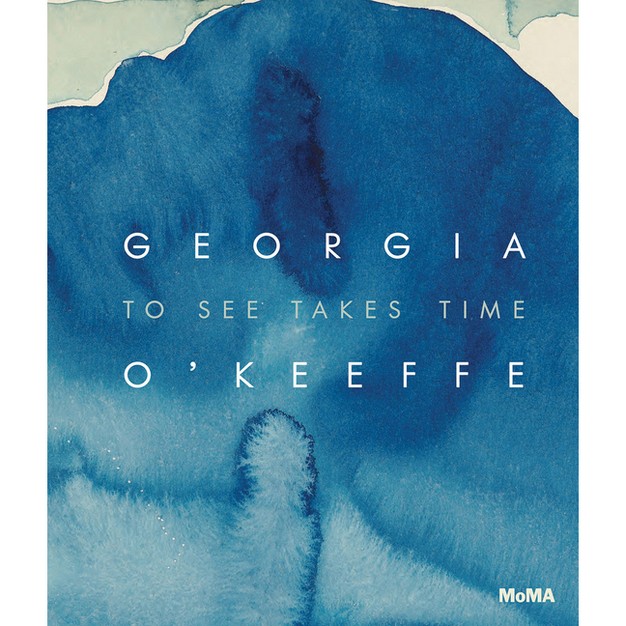About the Book
Recalling a charcoal she made in 1916, Georgia OKeeffe later wrote, I have made this drawing several times--never remembering that I had made it before--and not knowing where the idea came from. These drawings, and the majority of OKeeffes works in charcoal, watercolor, pastel and graphite, belong to series in which she develops and transforms motifs that lie between observation and abstraction. In the formative years of 1915 to 1918, she made as many works on paper as she would in the next 40 years, producing sequences in watercolor of abstract lines, organic landscapes and nudes, along with charcoal drawings she would group according to the designation specials. While her practice turned increasingly toward canvas in subsequent decades, important series on paper reappeared--including charcoal flowers of the 1930s, portraits of the 1940s, and aerial views of the 1950s--Harvard Bookstore website (viewed on April 12, 2023)Book Synopsis
A revelatory new volume on the American modernists lesser-known works on paper, reuniting many serial works for the first time
Recalling a charcoal she made in 1916, Georgia OKeeffe later wrote, I have made this drawing several times--never remembering that I had made it before--and not knowing where the idea came from. These drawings, and the majority of OKeeffes works in charcoal, watercolor, pastel and graphite, belong to series in which she develops and transforms motifs that lie between observation and abstraction. In the formative years of 1915 to 1918, she made as many works on paper as she would in the next 40 years, producing sequences in watercolor of abstract lines, organic landscapes and nudes, along with charcoal drawings she would group according to the designation specials. While her practice turned increasingly toward canvas in subsequent decades, important series on paper reappeared--including charcoal flowers of the 1930s, portraits of the 1940s and aerial views of the 1950s.
Published in conjunction with an exhibition at the Museum of Modern Art, New York, this richly illustrated volume highlights the drawings of an artist better known as a painter, and reunites individual sheets with their contextual series to illuminate OKeeffes persistently sequential practice.
Born in Sun Prairie, Wisconsin, Georgia OKeeffe (1887-1986) first received critical attention when her breakthrough charcoal drawings were exhibited in New York in 1916. Two years later, she moved to the city to work full time on her art. Beginning in 1929, OKeeffe spent summers in New Mexico, where she would relocate in 1949. The most famous female artist of her age, she thought of herself not as the best woman painter but as one of the best painters.
Review Quotes
Combining careful analysis, quotes from OKeeffe, and lush renderings, Friedman arrives at an engrossing and visually arresting synthesis of the artists stylistic evolution. Art connoisseurs will treasure this.-- Publishers Weekly
In emphasizing an early, scrappy chapter, before she found success, the exhibition recasts her as a methodical as well as an intuitive searcher, attuned to the work of her avant-garde contemporaries, constantly renegotiating the balance of abstraction and representation in her strange, radical art.--Johanna Fateman 4Columns
OKeeffe devoted the better part of her ninety-eight years to grand, sometimes grandiose oil paintings, despite the ample evidence that she was spectacular with charcoal and watercolor. A world-class sprinter chose to run marathons.--Jackson Arn New Yorker
These are sides of OKeeffe we rarely see.--Lance Esplund Wall Street Journal
Included in Publisher Weeklys Spring 2023 Announcements: Art, Architecture & Photography-- Publishers Weekly
Dimensions (Overall): 10.8 Inches (H) x 9.1 Inches (W) x .8 Inches (D)
Weight: 2.55 Pounds
Suggested Age: 22 Years and Up
Number of Pages: 184
Genre: Art
Sub-Genre: Individual Artists
Publisher: Museum of Modern Art
Theme: Monographs
Format: Hardcover
Author: Samantha Friedman
Language: English



Comment